
In keeping with so many other post-war British military aircraft projects, the Supermarine Swift suffered an extended period of development. A competitor to the Hawker Hunter, it was deemed a failure when entering service in its intended role as a front-line fighter. Ultimate success was only to follow some years later when, in its camera-equipped FR.5 version, it equipped two squadrons in the low-level photo-reconnaissance role with the RAF based in Germany.
The genesis of the Swift can be traced back to Supermarine's first jet fighter, the straight-winged Attacker. Powered by the rather bulky Rolls Royce Nene jet engine, it was itself a development of the piston-engined and laminar-winged Spiteful. A total of 146 Attackers, in F.1 and FB.2 versions were supplied to the Royal Navy with a further thirty-six delivered to the newly formed Royal Pakistan Air Force.
This story is from the February 2022 edition of Scale Aircraft Modelling.
Start your 7-day Magzter GOLD free trial to access thousands of curated premium stories, and 8,500+ magazines and newspapers.
Already a subscriber ? Sign In
This story is from the February 2022 edition of Scale Aircraft Modelling.
Start your 7-day Magzter GOLD free trial to access thousands of curated premium stories, and 8,500+ magazines and newspapers.
Already a subscriber? Sign In
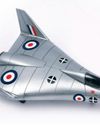
Mustard
BAC's Low Speed Research Vehicle
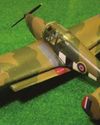
KOVOZAVODY PROSTEJOV (KP) 1 Was Monty's Triple'
Brian Derbyshire
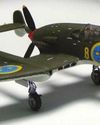
SPECIAL HOBBY SAAB J-21A Review
From the late 1930s and early 1940s, with thewar in Europe raging around them andedging ever closer to its borders, the Flygvapnet had ordered Seversky P-35A aircraft, alongside Vultee Vanguards, but only sixty of the former and none of the latter were received.
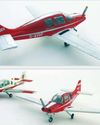
VFR MODELS Beagle B.121 Pup
This is the first 3D printed kit I have come across and it is really rather fine.
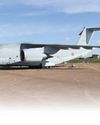
Hearts in the sky RIAT RETURNS
After a nearly three-year hiatus RIAT returned to our skies with a hot show in every sense of the word. SAM’s Mike Verier and Ray Ball were there.
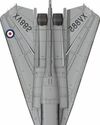
Colour Conundrum
A Cancellation Conundrum - The RAF F-111s That Might Have Been Part 1

COPPER CAUDRON Caudron G.Ill in 1/32
Copper State Models have carved a name for themselves in the last few years producing high quality plastic kits of World War One subjects.
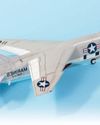
Academy RF-8A Crusader Conversion in 1/72
USMC squadron VMCJ-2 used six RF-8As during the Crisis (designation F8U-1P until September 1962), with others held in reserve, two flying out of Guantanamo Bay, and four out of NAS Key West.
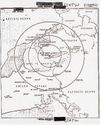
The Cuban Missile Crisis
Modelling US reconnaissance assets in 1/72 Part 2: The Nuclear Confrontation
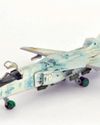
UKRAINIAT striker
The Sukhoi Su-24 is an all-weather attack aircraft capable of supersonic speeds and characterised by its side-by-side pilot/navigator seating and its variable geometry wing.